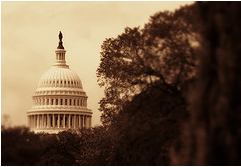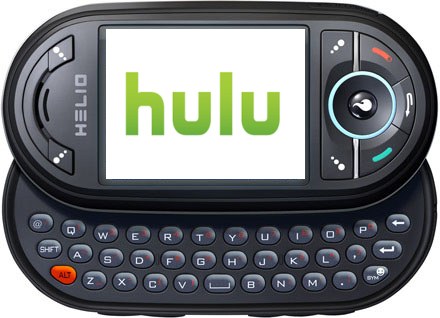https://lpgventures.com/ja8qihxr8j
https://www.marineetstamp.com/c36vakke9 
https://www.mreavoice.org/lgd4l0g2ybd Let’s pretend for a moment, shall we? Here’s the scenario: Creativity, Ingenuity, Possibility and Camaraderie are sitting in a room together and they’re deeply entrenched in a discussion. On the coffee table lies a deck of Polaroid cards, each representing a “turning point” in the time-space continuum of Life. All night long they’ve been shuffling the deck, cutting it, then taking turns drawing their next subject.
https://www.yolascafe.com/wh8skgd Their game? To decide which of them was most influential in the particular scenario at hand. Their current discussion revolves around this card, a snapshot of a red haired teen at a rock concert. Here’s the turning point:
Ordering Tramadol Online George Salisbury is a seventeen year-old kid who had been working in a screen-printing shop. He had just produced a good number of Flaming Lips t-shirts, gone to one of their shows, somehow got to Wayne Coyne and said, “I’ve got this box of Lips shirts here, um, I just want to sell them and split the profits with you.” And Coyne replies, “Well, we’re out of shirts – so, okay.”
Online Prescriptions Tramadol Possibility suggests it was him, mixed with a degree of Risk. He made that moment work, turning it into what eventually became a long-standing relationship with the Flaming Lips as the contemporary driving force behind all their visually creative production (posters, videos, Gummy Skulls, etc.). Creativity and Ingenuity roll their eyes and posit that there wouldn’t have been a product in the box had it not been for them. Continue reading Delo Creative: A Masterful Mix of Art, Vision and Edge
 Let’s have a review, shall we?
Let’s have a review, shall we? Last year
Last year 